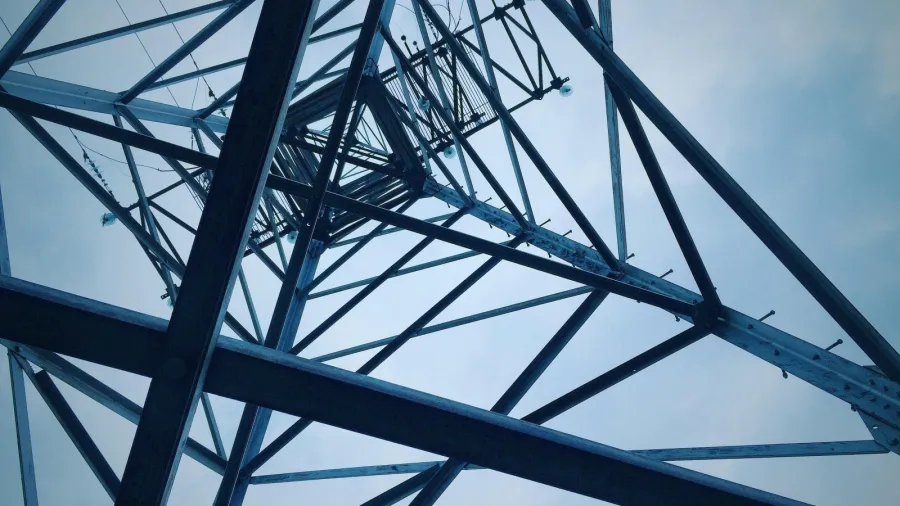
Why investors’ infrastructure portfolio needs energy transition boost
Maximising opportunities in energy transition is essential for optimal portfolio performance.
Limited alternative asset allocations demand maximising energy transition investments for high-performing portfolios, and here are three key reasons why, according to Schroders.
In its analysis, Schroders said that energy transition allocations are highly differentiated compared to all other investments in a portfolio.
“Historical analysis of annualised returns and risk (volatility) during the decade from 2014 to 2024 show that the overall, long-term risk and return characteristics of energy transition infrastructure largely align with those of broader infrastructure portfolios,” the report read.
Schroders said this contradicts the belief that diversified infrastructure portfolios must be less risky due to their diversified nature. Furthermore, risks associated with energy transition infrastructure – such as inflation, price, and technology – lead to diversification benefits.
The analysis also said that energy transition assets are driving infrastructure market growth. This will require continuous capital investment over the next 20-30 years to build a sustainable global energy system and meet rising demand.
Data analysed by Schroders showed that energy is by far the largest sector by deal volume. Within this, renewable energy is the largest sub-sector, and is the largest single sector within infrastructure as a whole, accounting for 48% of all investment over the past 15 years.
Schroders also noted that there are environmental and sustainability benefits associated with investing into energy transition.
“Crucially, the path to net zero is often drawn by economists as a straight line, but those that follow history will recognise that any economic transformation is not without its volatility; it is likely that there will be ‘energy transition shocks’ along the way,” it said.
“In those times, which are likely to lead to energy price and inflationary spikes, energy transition assets are positioned to perform well,” it added.
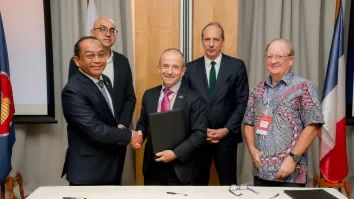

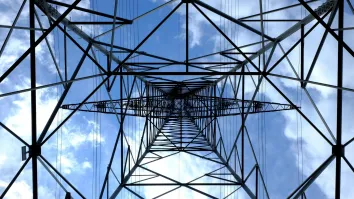

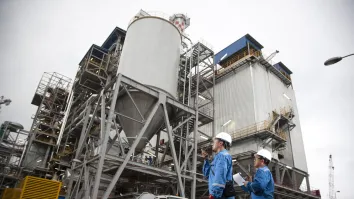
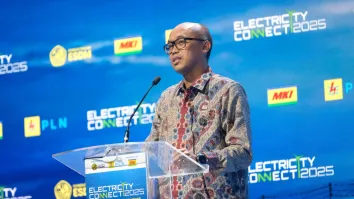
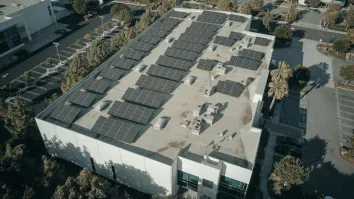


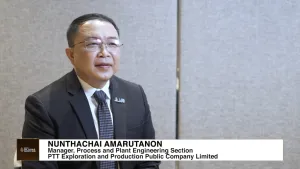
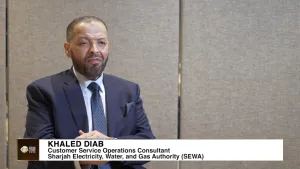
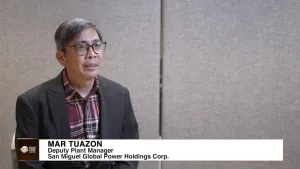
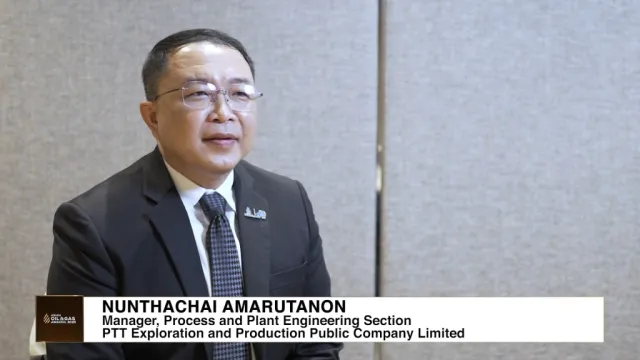

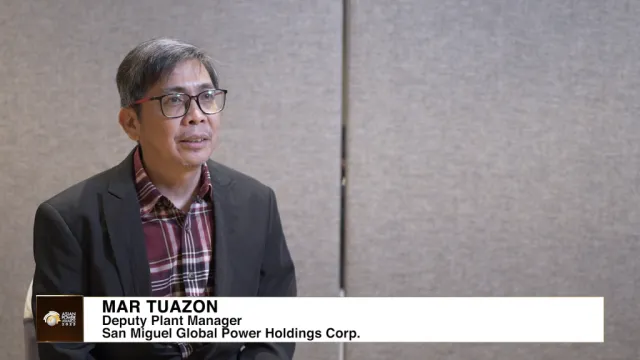
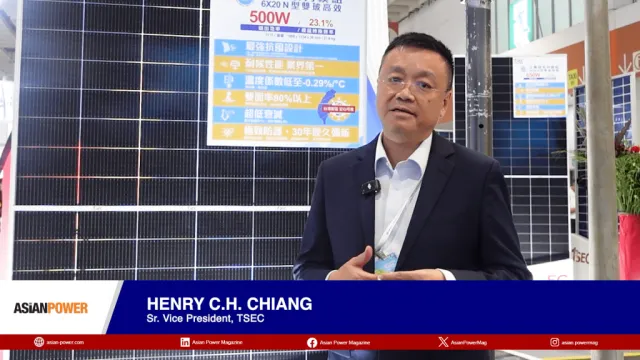

 Advertise
Advertise







